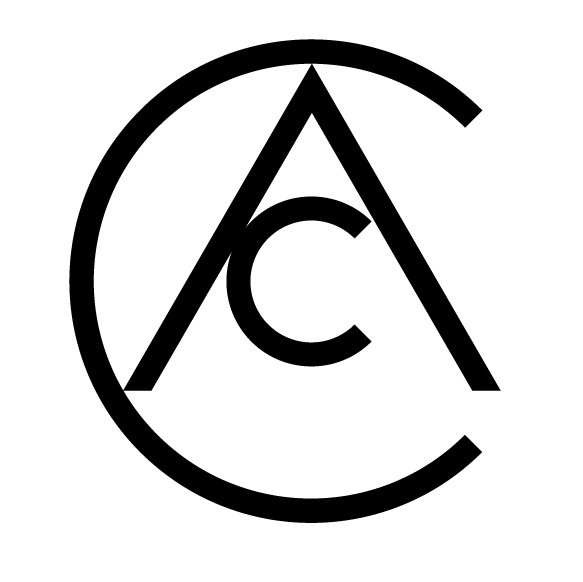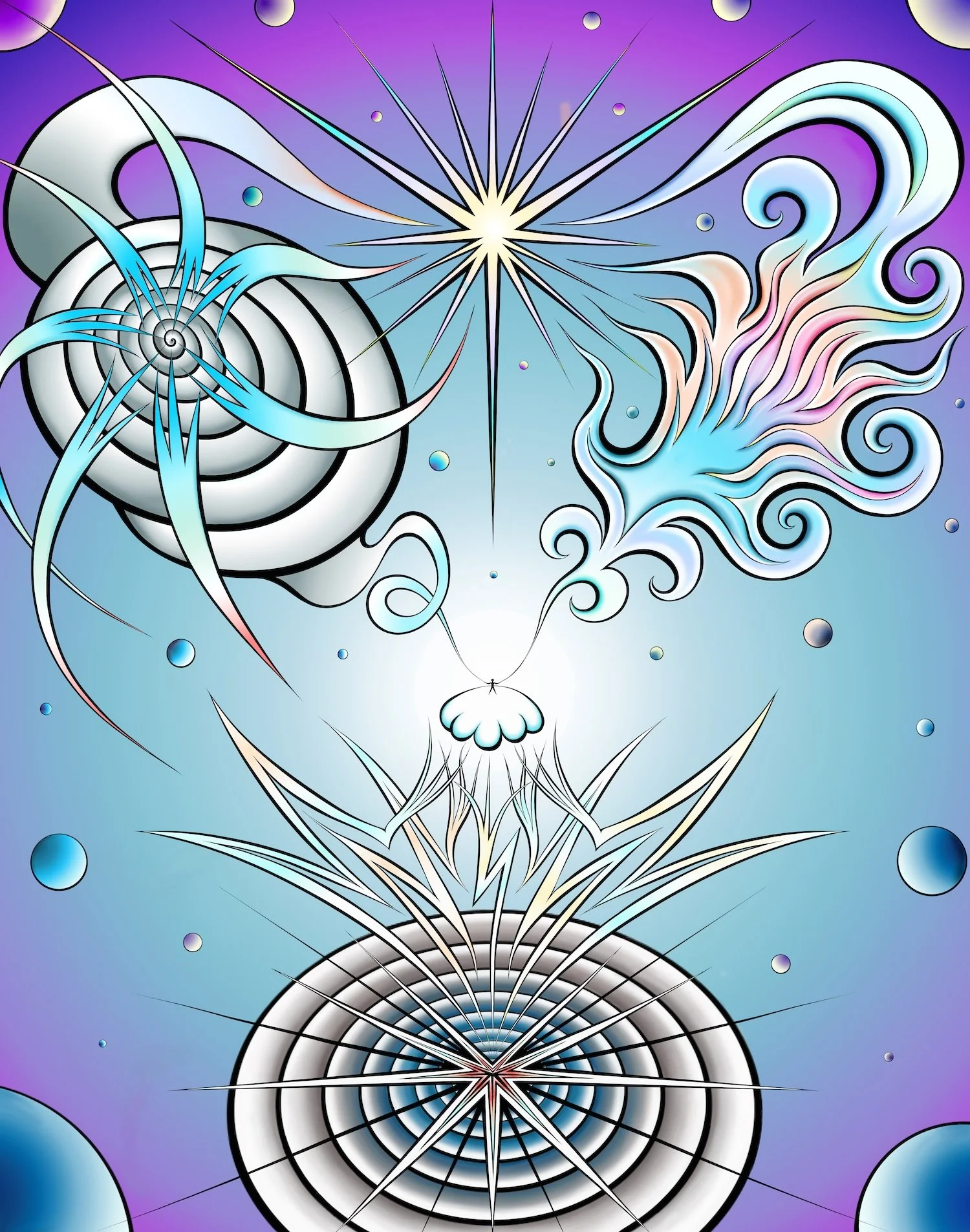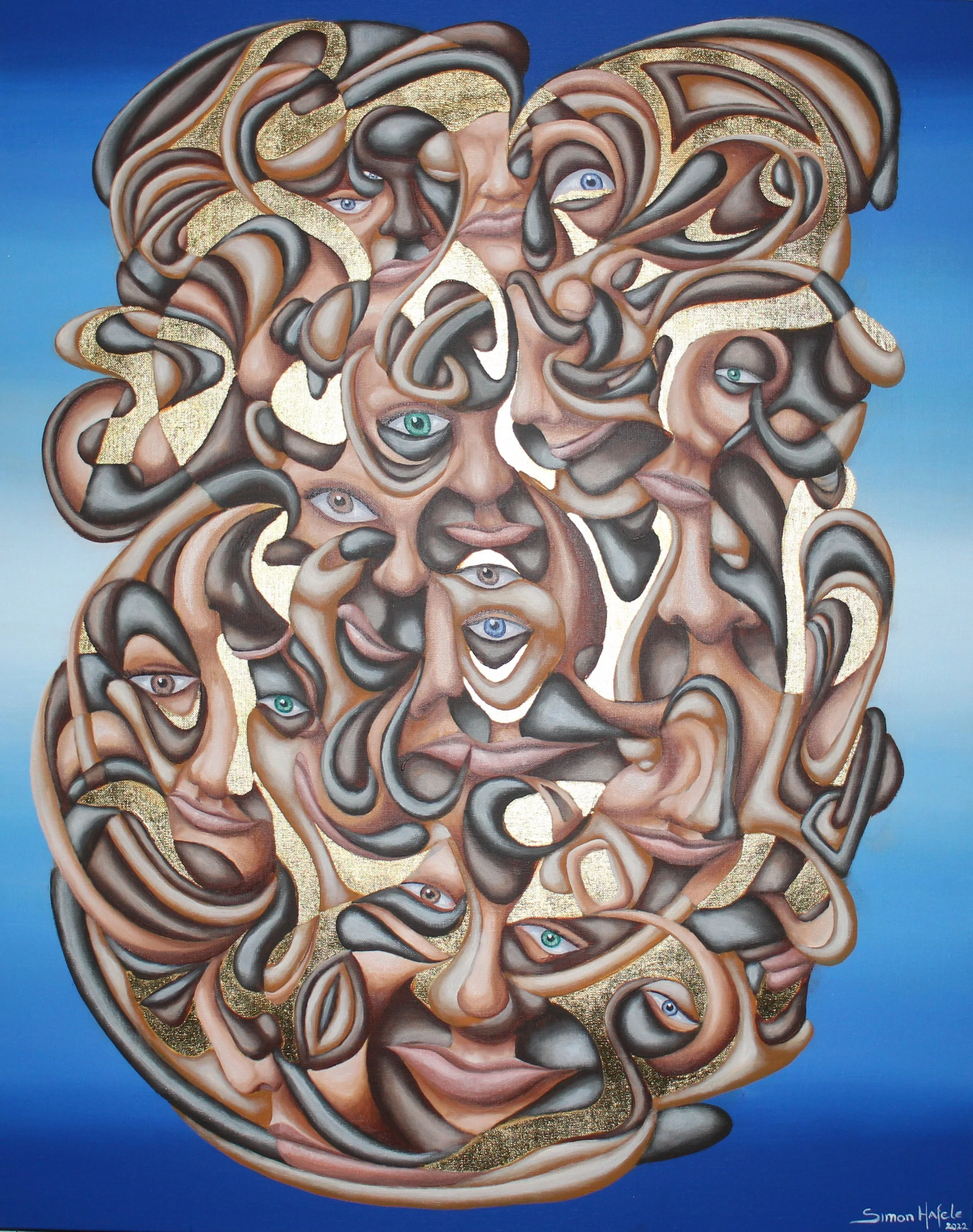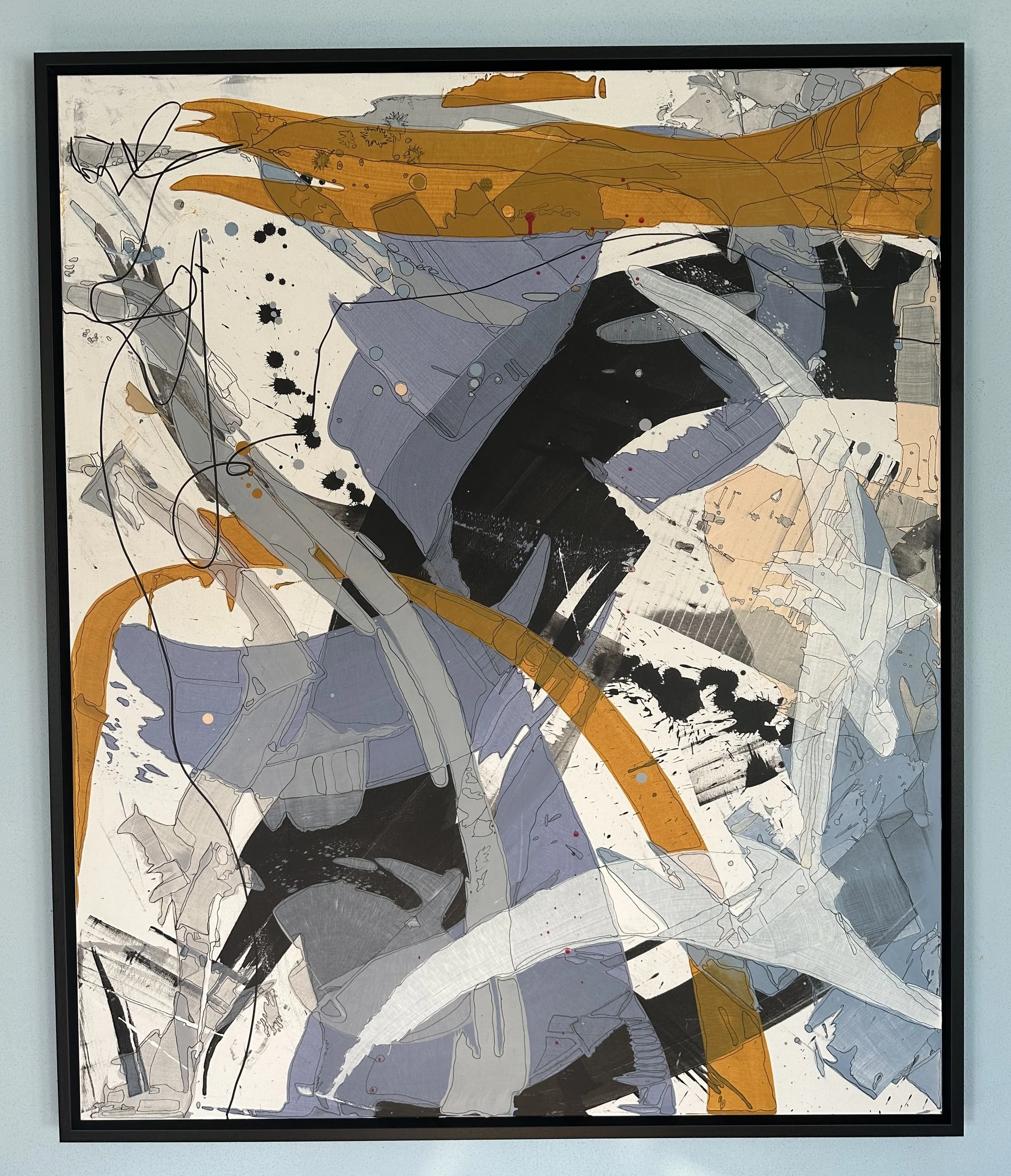Could you share with us the story of how you first became interested in photography? What were your initial steps in this field, and who or what were your early inspirations and influences?
While at the school of Architecture in Florence, Italy I became a very good friend of a fellow student who was also very interested in photography. We ended up traveling together through parts of Europe and N. Africa after the school year taking pictures. We inspired each other. My early inspirations were Avedon. My first serious camera was a Rolleiflex twin lens reflex because that's what he used. Then later, I loved the work of Guy Bourdin and Hiro.




















